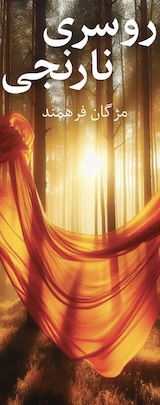The New Yorker:
On a crisp afternoon in December, a friend and I sat in an idling car at the corner of Las Flores Canyon Road and the Pacific Coast Highway, in Malibu, preparing to witness a performance of “Wagner Drive,” a large-scale audiovisual work by the artist David Hockney. We were the sole audience for the piece, and also its executants. My friend drove; I operated the stereo. When the clock read 4:09 P.M.—forty minutes before sunset—I hit Play on the sequence of recordings that Hockney has specified for the event. The Wagner did not begin right away: first came “America,” from “West Side Story.” As we headed north on the P.C.H., the lyrics complemented a panorama of motels, pizza places, surf shops, and car-rental outfits: “Automobile in America, / Chromium steel in America, / Wire-spoke wheel in America, / Very big deal in America!”
With a rightward turn onto Malibu Canyon Road, the beginning of a twisting climb into the Santa Monica Mountains, landscape and music changed in tandem. “America” gave way to an orchestral arrangement of the Entrance of the Gods into Valhalla, from “Das Rheingold.” (The Wagner items on Hockney’s playlist come from albums that Adrian Boult made with the London Philharmonic and the London Symphony in the early nineteen-seventies.) The raw might of the sound—rugged brass figures jutting through hazy string arpeggios—reinforced the geological drama of our ascent: the Santa Monica Mountains rise straight from the sea, their tilted sedimentary layers and volcanic formations evidence of tectonic mayhem at the border between the North American and the Pacific plates.
Go to link










Comments